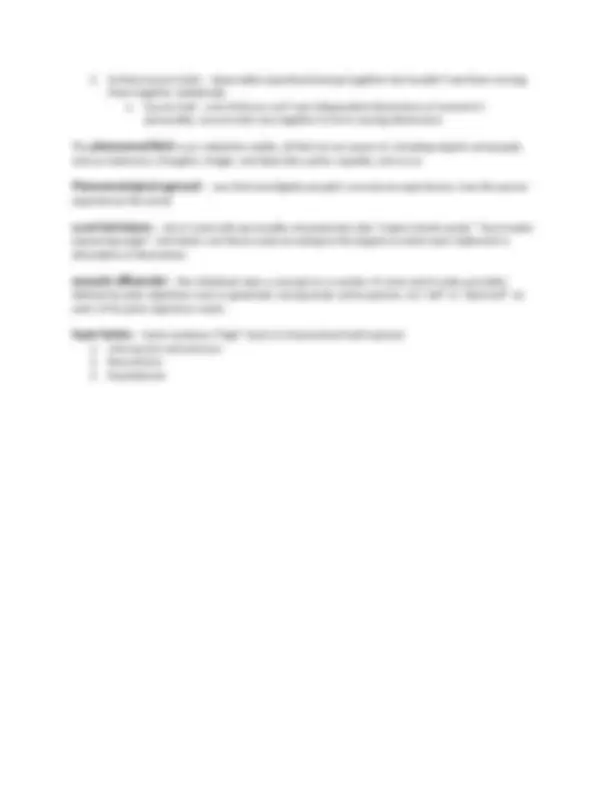



Study with the several resources on Docsity

Earn points by helping other students or get them with a premium plan


Prepare for your exams
Study with the several resources on Docsity

Earn points to download
Earn points by helping other students or get them with a premium plan
Community
Ask the community for help and clear up your study doubts
Discover the best universities in your country according to Docsity users
Free resources
Download our free guides on studying techniques, anxiety management strategies, and thesis advice from Docsity tutors
Roger's theory explores the concept of personal growth and development through the lens of phenomenological psychology. The theory emphasizes the importance of positive regard, congruence, and empathetic understanding in the therapeutic process. It also discusses maslow's hierarchy of needs, conflict resolution, defense mechanisms, and eysenck's trait theory. Insights into the human need for acceptance, self-actualization, and the role of personality traits in shaping our behavior.
Typology: Study notes
1 / 3

This page cannot be seen from the preview
Don't miss anything!


Roger’s Theory on Growth and Development